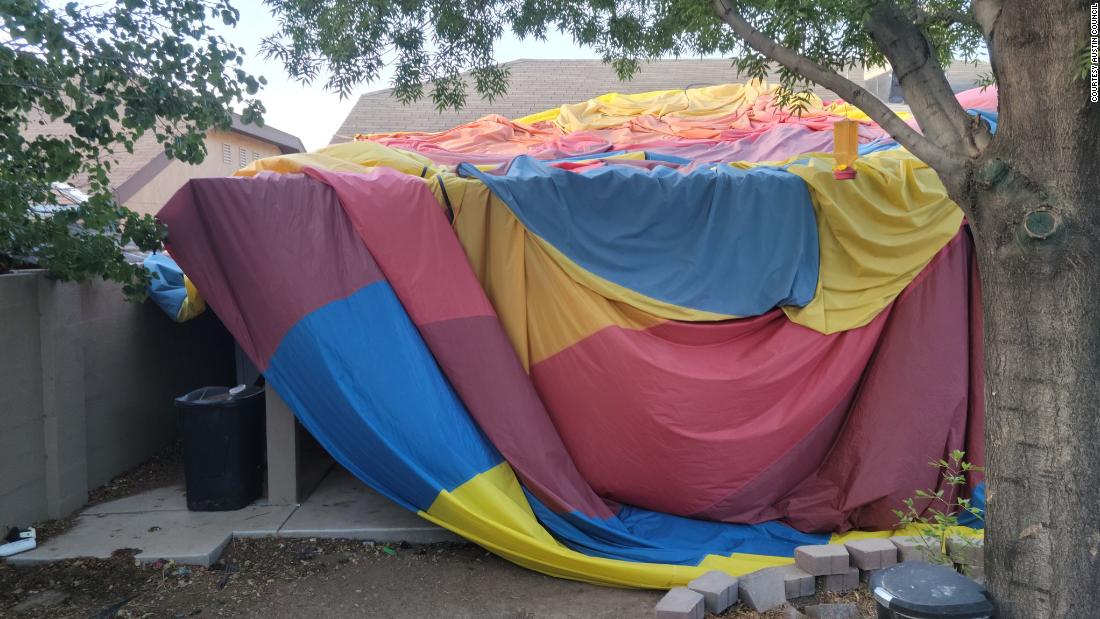Fetch the Knowledge:
Teaching your dog to come when called is one of the most important commands you can impart. It not only ensures their safety but also enhances your bond and allows them to enjoy more freedom during walks and playtime. In this guide, we'll explore effective techniques and tips for teaching your furry friend the valuable skill of coming when called.
Start Early and Be Consistent
Puppy Training: The earlier you start training dog, the easier it is for your dog to learn. Begin teaching the "come" command when your puppy is still young.
Consistency: Use the same command and gestures consistently. Avoid confusing your dog with multiple phrases for the same action.
Use Positive Reinforcement
Treats and Praise: Reward your dog with treats and enthusiastic praise every time they come when called. Positive reinforcement encourages them to repeat the behavior.
Favorite Toy: Some dogs are more motivated by play. If your dog loves a particular toy, use it as a reward for coming to you.
Choose the Right Environment
Quiet Space: Start training in a quiet, distraction-free environment. As your dog becomes more proficient, gradually introduce distractions.
Safety First: Ensure the training area is safe, especially if you're training off-leash. A fenced yard or secure location is ideal.
Short and Positive Sessions
Keep it Short: Training sessions should be short and fun. Dogs have short attention spans, so aim for 10-15 minute sessions.
End on a Positive Note: Always conclude training with a successful "come" command and reward. This leaves a positive impression.
Practice Recall Games
Hide and Seek: Play hide and seek with your dog. Hide behind a tree or furniture and call your dog. When they find you, reward them.
Two-Person Recall: Have a family member or friend stand a distance away and call your dog back and forth. This reinforces the command in different situations.
Gradual Distraction Training
Add Distractions Slowly: Introduce distractions like other dogs or people one at a time. Gradually increase the level of distraction as your dog becomes more reliable.
Use Leash as Backup: When practicing around distractions, have your dog on a long leash for safety. Use it to reinforce the "come" command if needed.
Never Punish for Coming Late
Avoid Scolding: Never scold or punish your dog for coming late or reluctantly. This can create a negative association with the command.
Stay Positive: Maintain a positive attitude during training. Your dog should associate coming when called with a rewarding experience.
Consistent Recall Practice
Daily Practice: Consistency is key to success. Practice the "come" command regularly, even after your dog has mastered it.
Random Practice: Call your dog to you at random times during the day, not just during dog training sessions. This reinforces the command's importance.
Professional Training
- Consider Professional Help: If your dog struggles with recall despite your efforts, consider seeking help from a professional dog trainer. They can assess your dog's specific needs and provide expert guidance.
Safety Always Comes First
- Safety Recall: Have a separate recall command solely for safety situations, such as preventing your dog from running into traffic. Make it clear that this command is non-negotiable.
Be Patient and Persistent
- Patience: Every dog learns at their own pace. Be patient and persistent in your training efforts. Celebrate small victories along the way.
Teaching your dog to come when called is a crucial skill that promotes their safety and enhances your relationship. With consistent training, positive reinforcement, and a patient approach, your furry companion will learn to respond to your command reliably. Enjoy the freedom and peace of mind that comes with a well-trained dog who always comes when called.
Advanced Techniques for Enhancing Recall Training
Once your dog has mastered the basics of coming when called, you can employ advanced techniques to further enhance their recall skills:
Distance and Duration
Increase Distance: Gradually increase the distance between you and your dog when practicing the recall command. Start with short distances and work your way up.
Extend Duration: Ask your dog to stay for a few moments before giving the "come" command. This teaches patience and self-control.
Variable Rewards
- Random Rewards: Instead of rewarding your dog every time they come, switch to variable rewards. Sometimes offer a treat, sometimes praise, and occasionally a favorite toy. This keeps them engaged.
Proofing the Command
Different Environments: Practice the recall command in various settings—parks, beaches, urban areas, and more. This helps your dog generalize the command in different contexts.
Various People: Have friends or family members practice the "come" command with your dog. This reinforces that the command applies to everyone.
Emergency Recall
Distinct Command: Teach a distinct command for emergency situations, such as "here" or "now." This should signal immediate and non-negotiable recall.
High-Value Rewards: For emergency recall, use the highest-value rewards, such as their absolute favorite treat or toy. This reinforces the seriousness of the command.
Practice Off-Leash Responsibly
Secure Areas: Gradually progress to off-leash training but ensure it's done in secure areas, such as fenced dog parks or enclosed fields.
Remote Training Collars: Consider using remote training collars that emit vibrations or gentle tones for off-leash training. These can provide a helpful reminder for your dog.
Maintain a Positive Attitude
- Stay Enthusiastic: Your enthusiasm is contagious. Continue to be cheerful and encouraging during recall dogs training. Your positive attitude will motivate your dog.
Monitor Progress and Refresh Training
Regular Assessments: Periodically assess your dog's recall skills in different situations. Identify any areas where they may need additional training.
Refresh Training: If your dog begins to show signs of inconsistency, don't hesitate to go back to the basics and refresh their training.
The Joy of a Well-Trained Dog
A dog that reliably comes when called is a testament to effective training and a strong bond between you and your furry companion. The benefits extend beyond safety; it allows your dog to enjoy more freedom and adventure while ensuring their well-being.
Remember that dogs training is an ongoing process. Even well-trained dogs require consistent practice to maintain their recall skills. By implementing these advanced techniques and maintaining a positive training environment, you can enjoy the peace of mind that comes with knowing your dog will always come when called, regardless of the situation.

.jpg)
.jpg)





 English (US) ·
English (US) ·